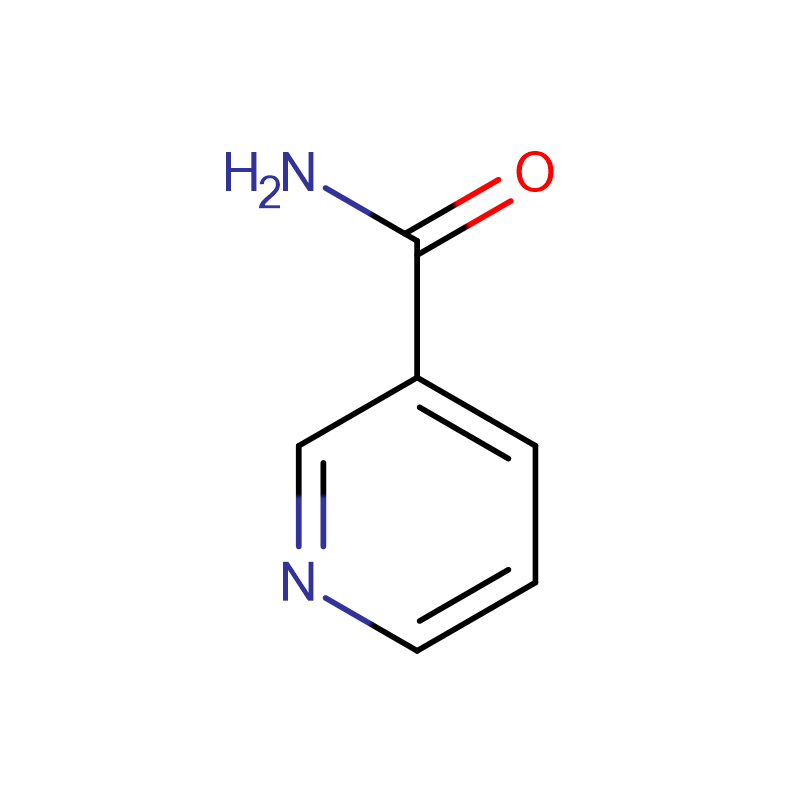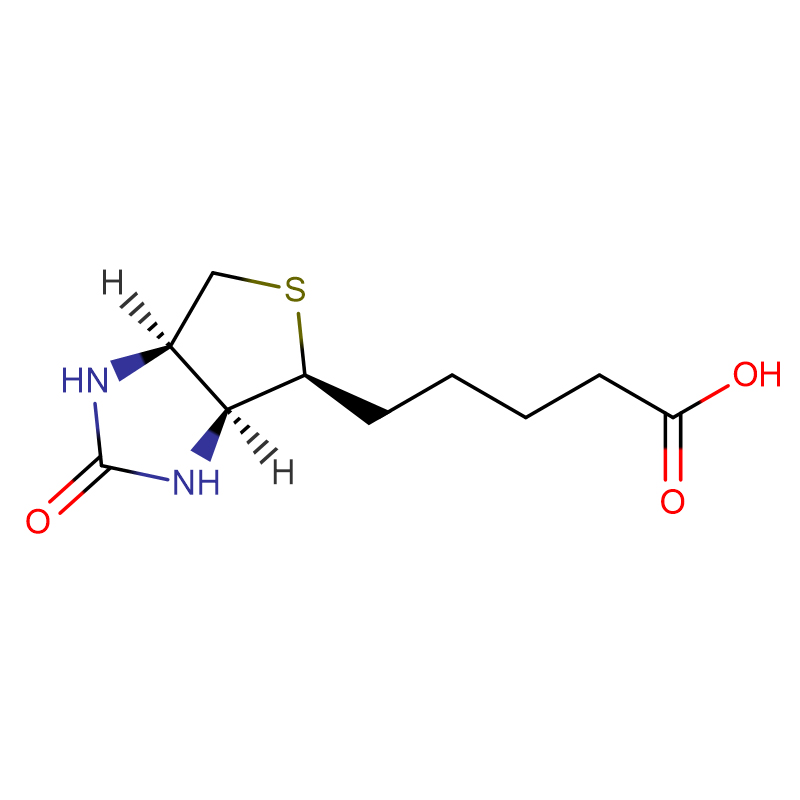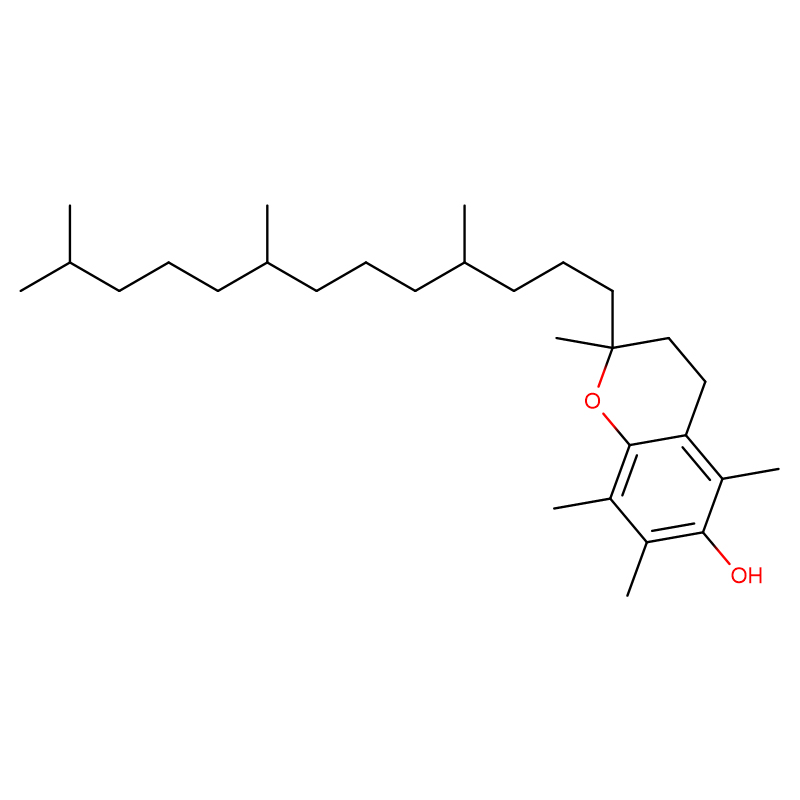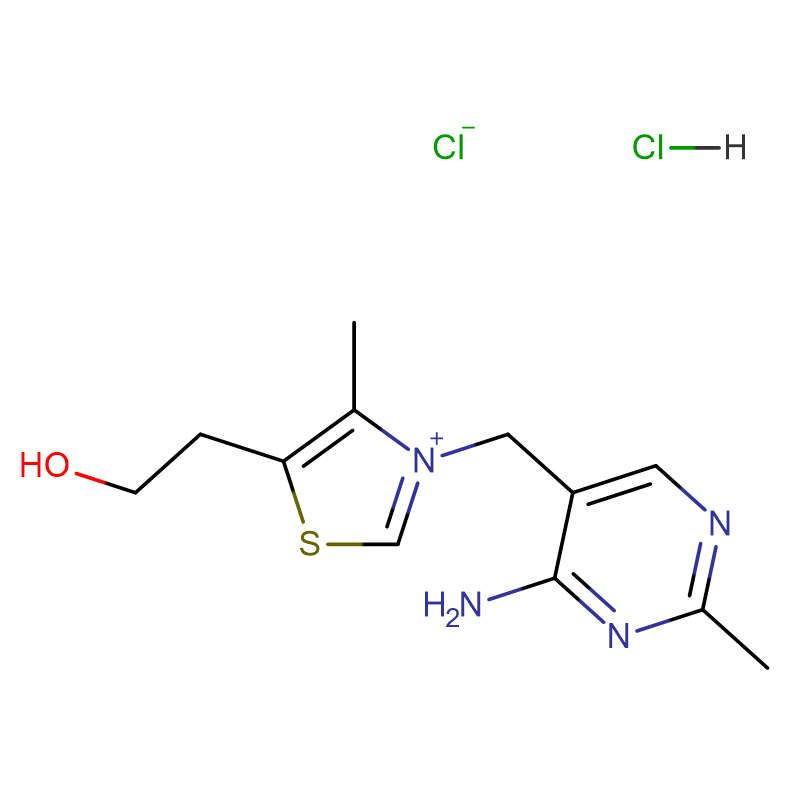Nicotinamide Cas: 98-92-0 White powder
| Catalog Number | XD90447 |
| Product Name | Nicotinamide |
|
CAS |
98-92-0 |
|
Molecular Formula |
C6H6N2O |
|
Molecular Weight |
122.12 |
| Storage Details | Ambient |
| Harmonized Tariff Code | 29362900 |
Product Specification
|
Appearance |
White powder |
|
Assay |
99% |
|
Heavy metals |
128°C ~ 131°C |
|
Identification |
Positive |
|
pH |
6.0 ~ 7.5 |
|
Loss on Drying |
≤0.5% |
|
Solubility |
Conforms |
|
Sulphated Ash |
≤0.1% |
|
Clarity of Solution |
Clear |
|
Heavy Metal |
≤0.003% |
We previously established long-term, 3-dimensional culture of organoids from mouse tissues (intestine, stomach, pancreas, and liver) and human intestine and pancreas. Here we describe conditions required for long-term 3-dimensional culture of human gastric stem cells. The technology can be applied to study the epithelial response to infection with Helicobacter pylori.We generated organoids from surgical samples of human gastric corpus. Culture conditions were developed based on those for the mouse gastric and human intestinal systems. We used microinjection to infect the organoids with H pylori. Epithelial responses were measured using microarray and quantitative polymerase chain reaction analyses.Human gastric cells were expanded indefinitely in 3-dimensional cultures. We cultured cells from healthy gastric tissues, single-sorted stem cells, or tumor tissues. Organoids maintained many characteristics of their respective tissues based on their histology, expression of markers, and euploidy. Organoids from healthy tissue expressed markers of 4 lineages of the stomach and self-organized into gland and pit domains. They could be directed to specifically express either lineages of the gastric gland, or the gastric pit, by addition of nicotinamide and withdrawal of WNT. Although gastric pit lineages had only marginal reactions to bacterial infection, gastric gland lineages mounted a strong inflammatory response.We developed a system to culture human gastric organoids. This system can be used to study H pylori infection and other gastric pathologies.Copyright © 2015 AGA Institute. Published by Elsevier Inc. All rights reserved.








